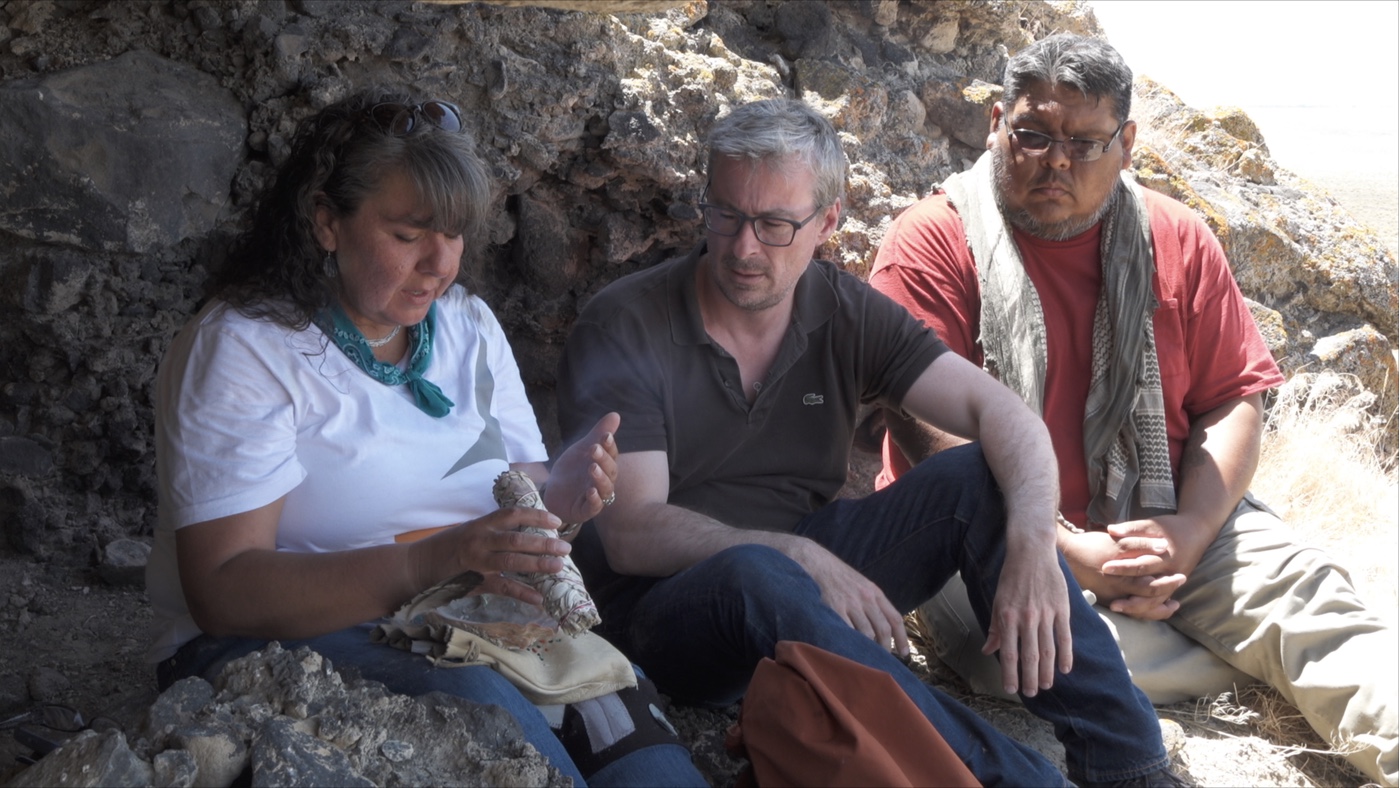North America's Oldest Mummy Sheds Light on Ancient Migrations

Dressed in moccasins and a rabbit-skin shroud, a man was laid to rest in a cave in Nevada about 10,600 years ago. Now, his mummy is helping scientists fill in the fuzzy picture of how humans first migrated into the Americas.
Scientists have sequenced the genome of the Spirit Cave Mummy — the oldest human mummy found in North America — along with 14 other ancient individuals from the Americas. The genome revealed the mummy's Native American ancestry, which has allowed his living descendants to properly bury him.
The similarities in the DNA from people who lived as far north as Alaska and as far south as Patagonia suggest the continents'first settlers spread out quickly, according to the study published Nov. 8 in the journal Science. [In Photos: Human Skeleton Sheds Light on First Americans]
"These findings imply that the first peoples were highly skilled at moving rapidly across an utterly unfamiliar and empty landscape," study co-author David Meltzer, of Southern Methodist University, said in a statement. "They had a whole continent to themselves, and they were traveling great distances at breathtaking speed."
The Americas were the world's last big land masses to be colonized by humans. For much of the 20th century, scientists thought they had a solid explanation for how this migration happened: Hunter-gatherers living in Siberia chased large game like mammoths across the Bering land bridge. After the end of the last ice age, melting glaciers opened an ice-free corridor, allowing these pioneers to spread south.
But the story of the peopling of the Americas has gotten more complex in the last few decades. Archaeologists have discovered campsites, such as Monte Verde in Chile, that pre-date the ice-free corridor, which is thought to have opened around 13,000 years ago. Some scholars have proposed that the first Americans could have arrived along the Pacific coast by boat. New DNA evidence has also offered clues about the origins of the early populations, but until now the sample sizes of ancient genetic material from North America had been quite small.
Besides the new genomes presented in Science, a separate study, published in the journal Cell last week, looked at the DNA of 49 people who lived in North and South America between about 11,000 and 3,000 years ago.
Sign up for the Live Science daily newsletter now
Get the world’s most fascinating discoveries delivered straight to your inbox.
The genetic analysis in Science also showed that the ancestral Native Americans split up into distinct populations, some of which had never been detected before. For example, there were some South American Native Americans that had Australasian ancestry.
"Groups carrying this genetic signal were either already present in South America when Native Americans reached the region, or Australasian groups arrived later," the first author of the study, Victor Moreno-Mayar, of the University of Copenhagen, said in a statement. "That this signal has not been previously documented in North America implies that an earlier group possessing it had disappeared or a later arriving group passed through North America without leaving any genetic trace."
The study also shows that the man from Spirit Cave was genetically closer to contemporary Native Americans than other contemporary populations. Proving this relationship was crucial for the Fallon Paiute-Shoshone Tribe, who live near Spirit Cave, to claim the man's remains as an ancestor and to finally rebury him under the U.S. Native American Graves Protection and Repatriation Act (NAGPRA).
The mummy had been found in 1940 and kept in a museum for years. The tribe's request for repatriation was denied, with government officials disputing the man's ancestry.
"The tribe has had a lot of experience with members of the scientific community, mostly negative," the tribe said in a statement, adding that the new study "confirms what we have always known from our oral tradition and other evidence — that the man taken from his final resting place in Spirit Cave is our Native American ancestor."
The Spirit Cave remains were repatriated in 2016, after a preliminary report from the scientists proved the link, and he was reburied in a ceremony earlier this year.
Similarly, in 2016, DNA evidence proved that the 8,500-year-old skeleton of the Kennewick Man or "Ancient One" was indeed related to contemporary Native Americans. Afterwards, those remains were repatriated to tribes claiming his ancestry.
- 25 Grisly Archaeological Discoveries
- The 25 Most Mysterious Archaeological Finds on Earth
- In Photos: Human Skeleton Sheds Light on First Americans
Original article on Live Science.










